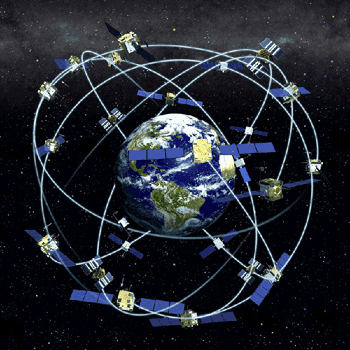Geographic Information System (GIS)

A geographic information system (GIS) is a computer system for capturing, storing, checking, and displaying data related to positions on Earth’s surface. GIS can show many different kinds of data on one map. This enables people to more easily see, analyze, and understand patterns and relationships.
GIS can use any information that includes location. The location can be expressed in many different ways, such as latitude and longitude, address, or PIN code. Many different types of information can be compared and contrasted using GIS. The system can include data about people, such as population, income, or education level. It can include information about the land, such as the location of streams, pipelines, routes, etc.
Click here to GTI's solutions to the GIS Industry.
Global Positioning System (GPS)
 The Global Positioning System (GPS) is a navigation and precise-positioning tool. Developed by the Department of Defense in 1973, GPS was originally designed to assist soldiers and military vehicles, planes, and ships in accurately determining their locations world-wide. Today, the uses of GPS have extended to include both the commercial and scientific worlds. Commercially, GPS is used as a navigation and positioning tool in airplanes, boats, cars, and for almost all outdoor recreational activities such as hiking, fishing, and kayaking. In the scientific community, GPS plays an important role in the earth sciences. Meteorologists use it for weather forecasting and global climate studies; and geologists can use it as a highly accurate method of surveying and in earthquake studies to measure tectonic motions during and in between earthquakes.
The Global Positioning System (GPS) is a navigation and precise-positioning tool. Developed by the Department of Defense in 1973, GPS was originally designed to assist soldiers and military vehicles, planes, and ships in accurately determining their locations world-wide. Today, the uses of GPS have extended to include both the commercial and scientific worlds. Commercially, GPS is used as a navigation and positioning tool in airplanes, boats, cars, and for almost all outdoor recreational activities such as hiking, fishing, and kayaking. In the scientific community, GPS plays an important role in the earth sciences. Meteorologists use it for weather forecasting and global climate studies; and geologists can use it as a highly accurate method of surveying and in earthquake studies to measure tectonic motions during and in between earthquakes.
Click here to GTI's solutions to the GPS Industry.
